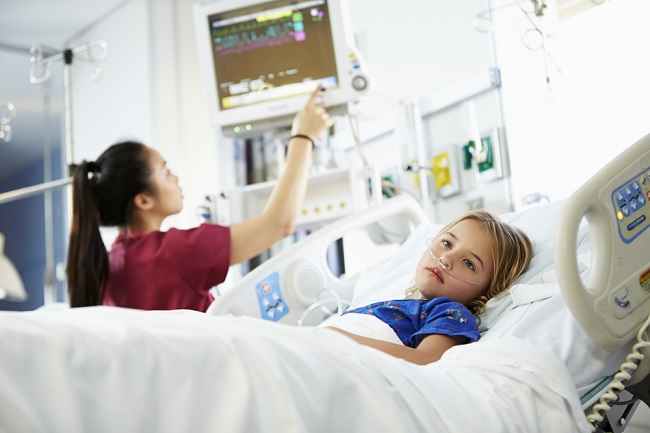Dengue virus infection is still a significant health problem in Indonesia. Every year there are many sufferers of dengue virus infection at various levels. The highest number of deaths occurs in patients with a severe degree. In the 2009 dengue guidelines issued by WHO, it is stated that severe dengue infections consist of patients with massive plasma leakage, patients with heavy bleeding, and patients with severe organ involvement. Most of the three types above are patients with massive plasma leakage. According to the 2011 dengue guidelines, patients with severe plasma leakage are categorized as Dengue Hemorrhagic Fever Degrees III and IV.
Each year, a comprehensive analysis of patient data is required. This analysis makes it possible to identify problems that are still being faced and to find better solutions. In Dr. Soetomo, children with severe dengue who are categorized as DHF III and IV are also quite numerous, and this group is analyzed at least once a year. The purpose of this study was to analyze the epidemiological picture of these child sufferers.
The study was conducted on children who were treated in the Pediatric Inpatient Installation of Dr. Soetomo in March and April 2019 with a focus on the diagnosis of Dengue III and IV Hemorrhagic Fever. The data source is medical documents. During the two months of the study, 135 children with dengue fever were found, and 38 of them experienced DHF III or IV. Of the 35 children, the majority are boys, residing in Surabaya, aged 5-12 years, attending elementary school, having a malnutrition status, and being treated for five days or less. As many as 73% of 35 children have dengue fever III, the rest with dengue fever IV. 2/35 children died in treatment. Most (81.3%) children were referred from other health facilities.
The data above shows a continuation of a constant shift towards older age. RSUD Dr. Soetomo, which is located in the center of Surabaya, accepts pediatric patients, most of whom come from Surabaya. The factors of proximity, availability of facilities, and cost considerations are indeed the reasons for choosing health facilities. Even though they came from the same city, most of the children were referred from other means. This is a consequence of the BPJS system in Indonesia, where RSUD Dr. Soetomo cannot accept BPJS patients who are not referred.
The standard treatment for DHF sufferers is generally not too long. Most of the dengue virus infection sufferers have recovered after the seventh or eighth day. For those who are substantial, the duration of illness is indeed a little longer. Patients with a history of recurrent shock are the group that will be treated the longest. If you find other complications such as sepsis / severe infection or bleeding in many places, of course, the length of treatment will be even longer.
The patient analysis above reveals an anticipation plan that has been in place for some time. Increasing the capacity of personnel and facilities outside the Dr. Soetomo, it needs to be improved. It will allow for better early-stage treatment but also has the potential to cut patients, so they no longer need to be treated in Dr. Soetomo. The length of treatment at the hospital itself is good enough. Patients are handled under clinical practice guidelines applied in the hospital. The excessive length of treatment will give birth to some additional complications. The analysis, as reported, is one that will be carried out on an ongoing basis in the future. This is a must to solve the problem of dengue virus infection better.
Authors: Aulia Nur Fadilla, Dominicus Husada, Budi Utomo
Link: http://mkiojs.idionline.org/jurnal/article/view/220 (Epidemiology of Children with Severe Dengue Infection in Dr. Soetomo General Hospital)





